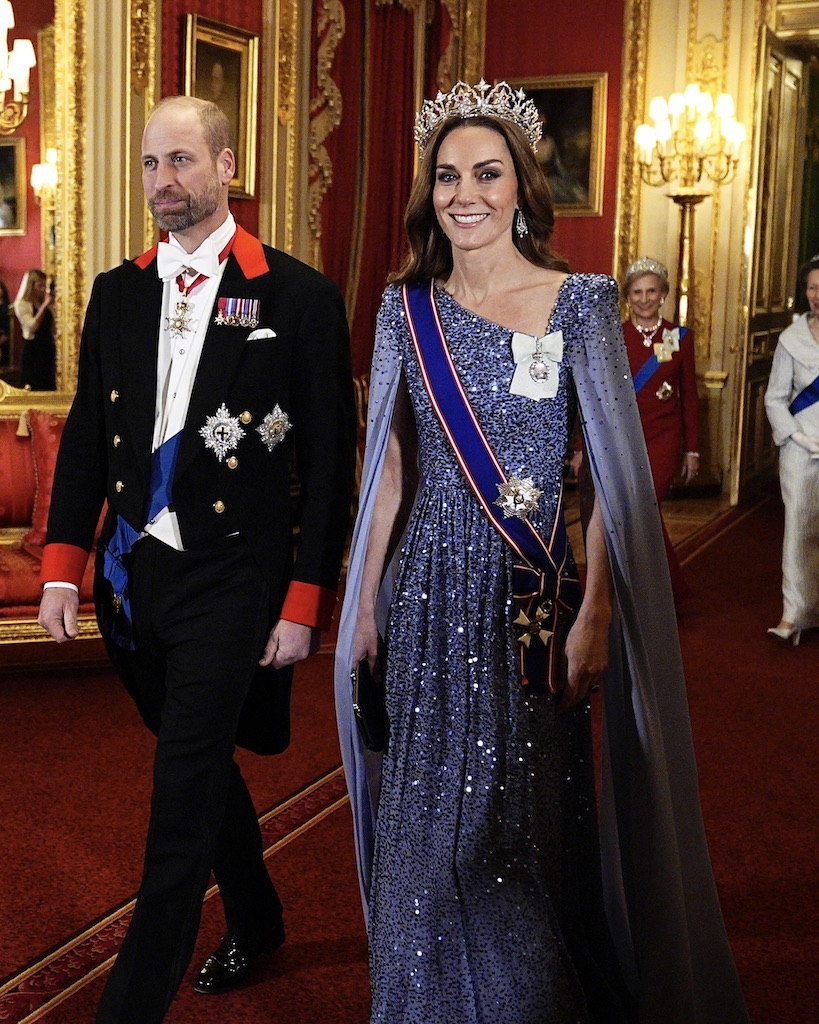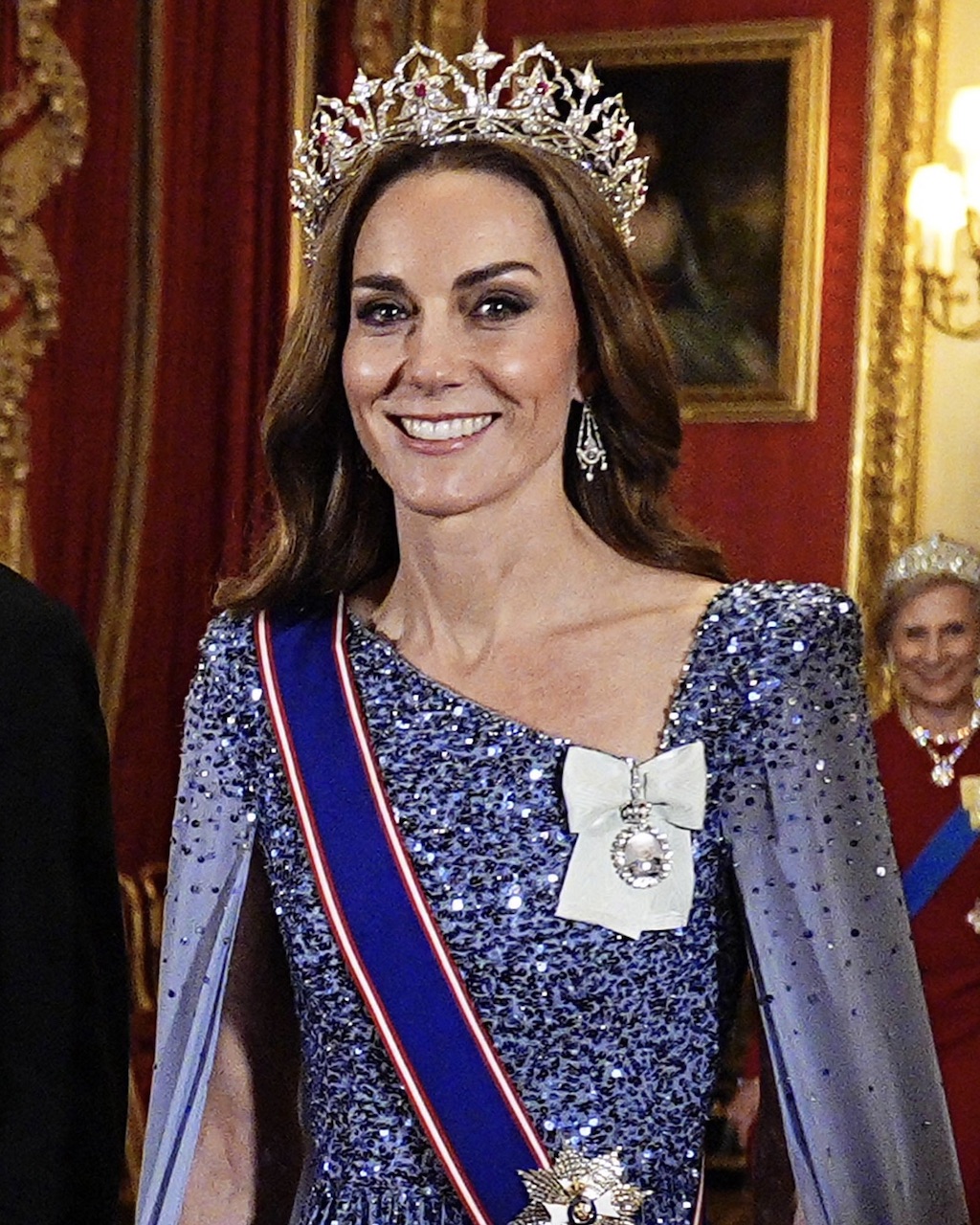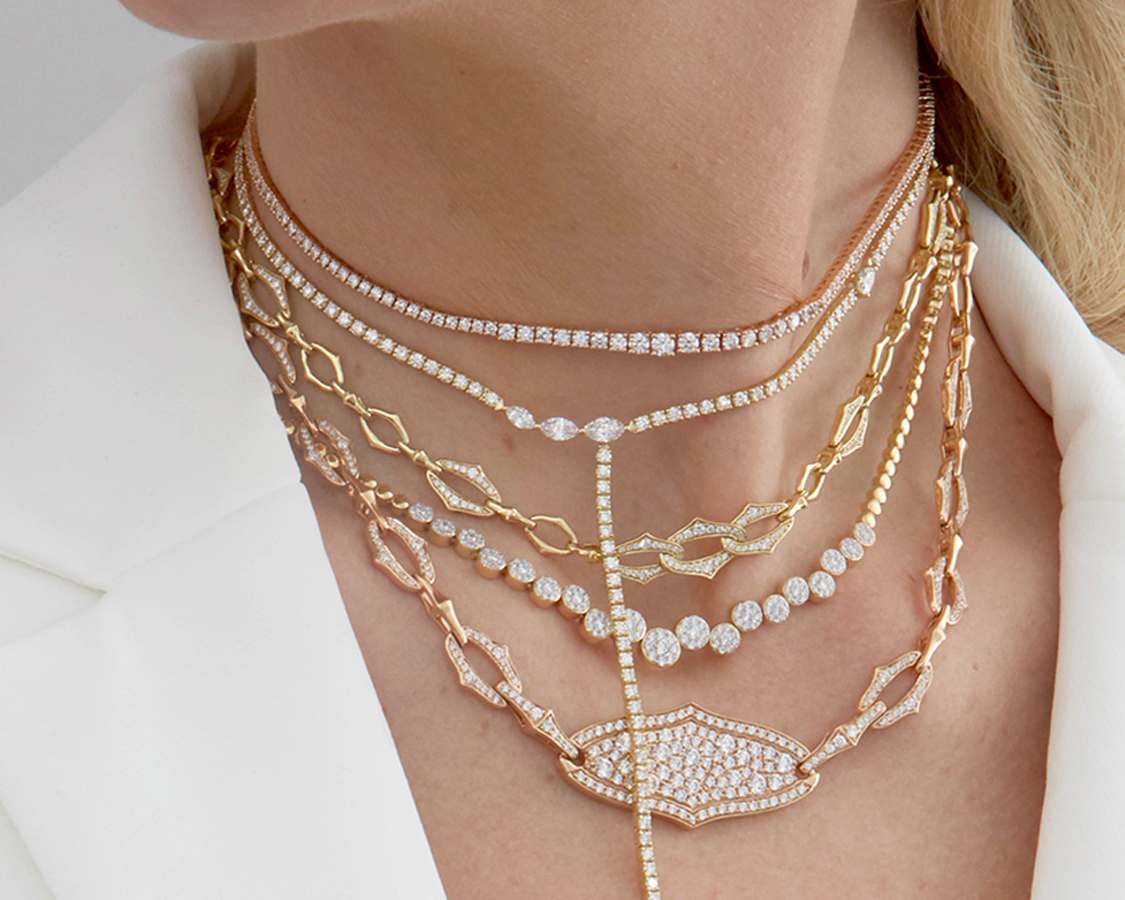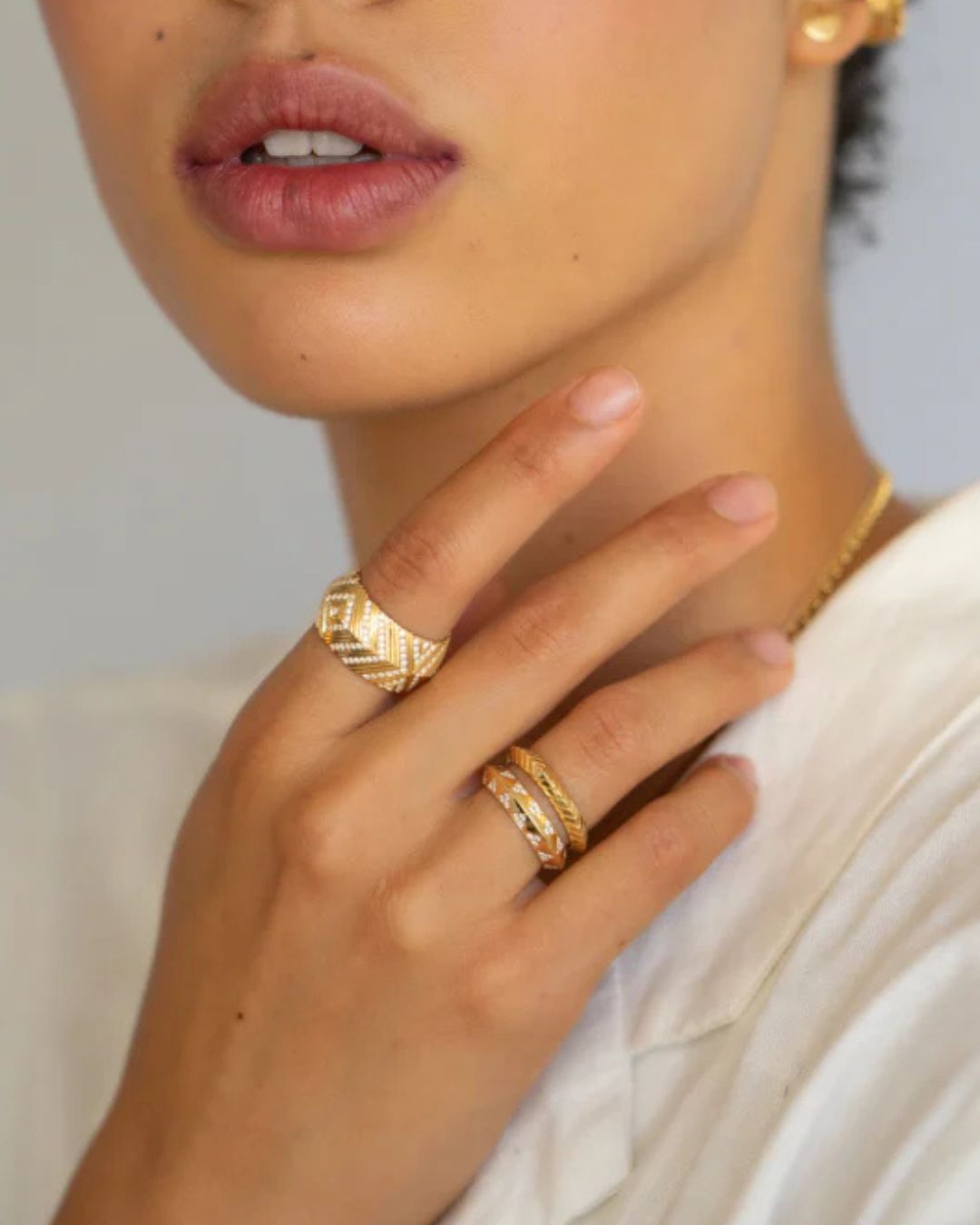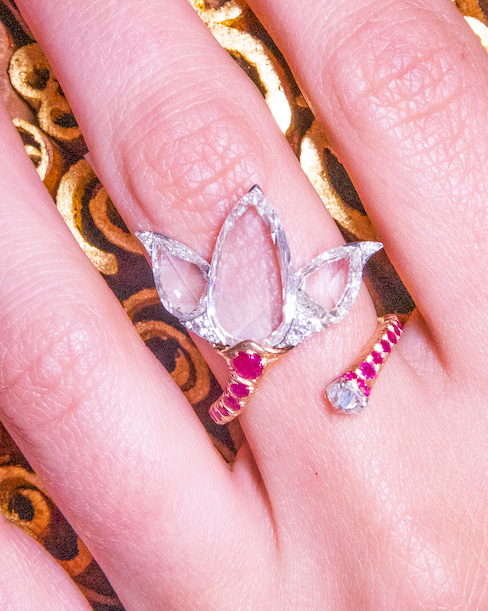< Science of Diamonds / Colored Diamonds
Purple Diamonds: Nature’s Most Mysterious Masterpieces
Natural purple diamonds are among the rarest gems on Earth, formed through extraordinary geological forces that bend and twist carbon into a breathtaking hue once reserved for royalty.
Published: November 7, 2025
Written by: Grant Mobley
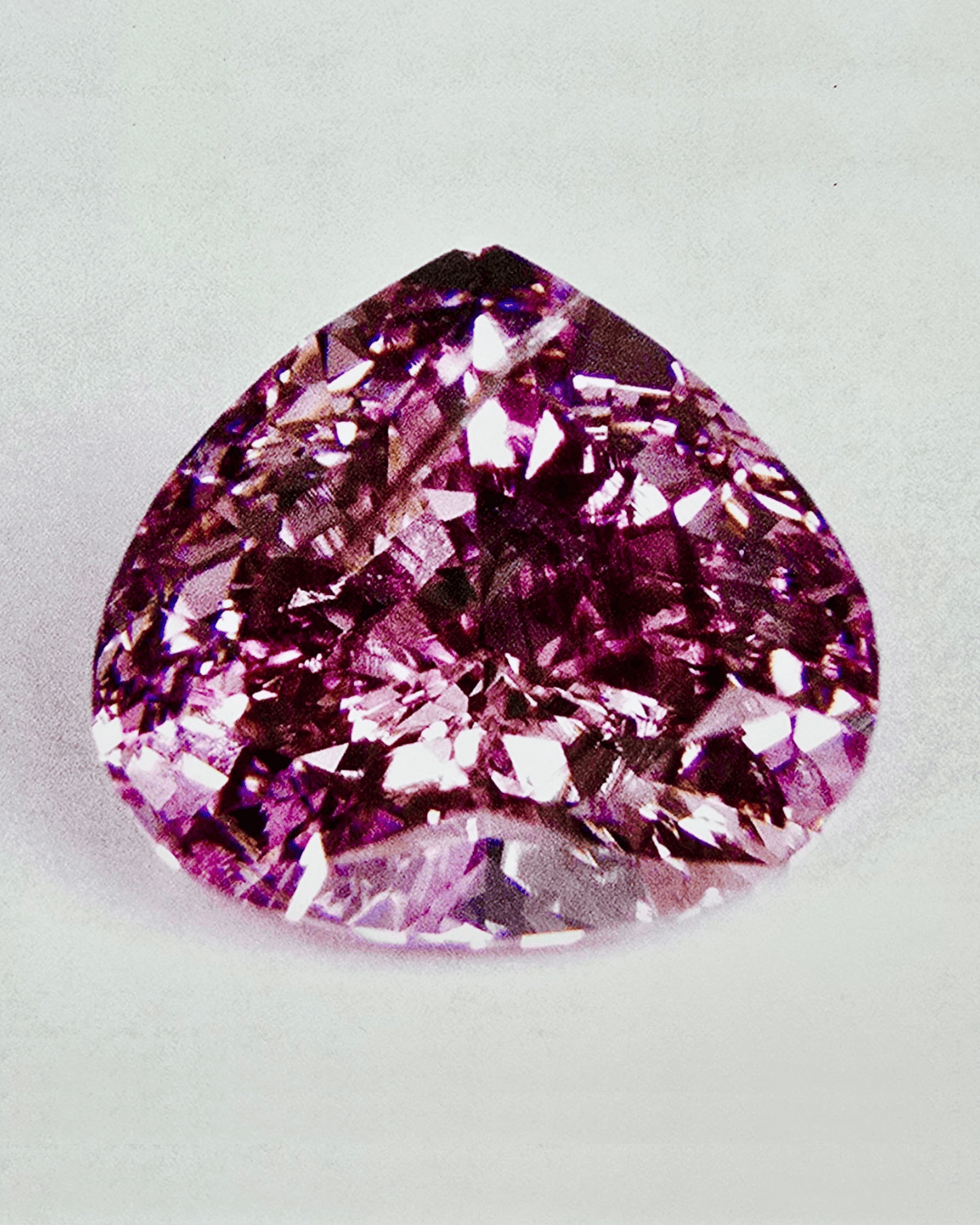
Most people (even many in the jewelry trade) do not even know that natural purple diamonds exist. I’m here to tell you they absolutely do! And they’re among the rarest and most fascinating gems on Earth. Diamonds can form in nearly every color of the rainbow, but when nature decides to paint one purple, it creates something truly extraordinary.
Meet the Expert

- Mark Klein is a 3rd-generation Diamantaire.
- He is the Vice President of Julius Klein Diamonds, established in 1948.
- He is a GIA Graduate and holds other industry positions within Diamond Do Good, AGS Young Titleholders, and NCDIA.
Purple diamonds are natural miracles, born from a complex combination of geological forces that occur only under the most specific and unpredictable conditions. While marketing has given us descriptive nicknames for certain diamond colors, such as “Canary” for yellow or “Cognac” for brown, the word “purple” is less a branding invention and more a literal description. Still, within that umbrella, you may hear romantic variations like plum, orchid, lilac, lavender, or grape to describe subtle shifts in tone.
How Natural Purple Diamonds Form

Unlike most fancy-colored diamonds, purple diamonds likely owe their color not to trace elements but to distortions that happen deep within the Earth. When extreme pressure bends and twists a diamond’s atomic lattice (a process known as plastic deformation), it changes the way light moves through the crystal, creating hues of pink, red, and in very rare cases, purple.
However, scientists still don’t fully understand the cause of purple in diamonds because so few exist to study. Their rarity makes destructive testing impossible. Most researchers agree that atomic stress within the diamond likely creates the purple color, just as it does in pink diamonds, and that hydrogen or boron within the crystal can sometimes influence the hue.

Mark Klein, Vice President of Julius Klein Diamonds, explains, “Natural purple diamonds are unlike any other material a cutter can encounter. Their beauty comes from distortion within the crystal lattice. The very strain that gives them color also makes them some of the most fragile crystals in the world. The geological stress leaves behind ‘slip planes’ that make them far more prone to cracking or cleaving while cutting.
It’s an extraordinary irony, really, that their royal hue comes with such fragility—just as Shakespeare wrote, ‘Uneasy lies the head that wears a crown.’ Even the most seasoned master cutters approach purple diamonds with reverence and caution. Unlike other colors, where centuries of examples guide your hand, with purples, you’re working in near silence, relying on intuition and respect for the material. Every purple diamond is a gamble, but when you succeed, the reward is something truly otherworldly.”
The result is a breathtaking range of hues from delicate lilac to deep purple, shaped by millions of years of geological pressure and time.
Where Purple Diamonds Come From


Most known natural purple diamonds have come from Australia’s famed Argyle mine, which produced more than 90 percent of the world’s pink and red diamonds until its closure in 2020. However, miners have also discovered a handful of purple diamonds in other parts of the world, including Siberia, Canada, and Brazil.
Pure purple diamonds are exceptionally rare, far rarer than pink, blue, or green diamonds, and large ones are almost non-existent. Due to this scarcity, the more intense the purple color, the higher its value. Diamonds with a strong secondary pink hue are particularly desirable, often reaching values in the millions per carat. Those with gray or brown secondary tones, on the other hand, tend to be less valuable.
Grading the Color of Purple Diamonds
To make sense of the endless color variations in fancy-colored diamonds, the Gemological Institute of America (GIA) developed a uniform system that categorizes 12 main colors, 90 secondary hues, nine intensity levels, and over 230 combinations. Gemologists grade purple diamonds within this framework, assigning intensity levels that range from Faint to Fancy Vivid.
Because most purple diamonds display a soft or medium tone, only a select few ever achieve the deeper grades of Fancy Deep or Fancy Vivid. A pure purple is so rare that most of the world’s most famous examples actually have modifying colors, often pink.


It’s also worth noting that purple and violet are distinct hues. On the color wheel, purple sits closer to red, while violet leans toward blue, a cooler shade. The GIA recognizes them as separate color categories, with no in-between.
The Rarity of Natural Purple Diamonds
Natural purple diamonds are considered the second rarest diamond color in the world, surpassed only by red diamonds. Their scarcity is a perfect example of supply and demand: when supply is nearly zero, even a small stone commands astronomical prices.
Enhanced purple diamonds, which change color through man-made heat or radiation treatments, do exist. However, only diamonds that develop their purple hue naturally are considered truly “natural purple.” This distinction creates a significant difference in value, and experts can always identify the difference between the two.
Due to their rarity, purple diamonds are often found only in small sizes or as part of a modifying color grade, rather than as large, single stones. Even at auction, it’s highly uncommon to see one surface.
The Most Famous Purple Diamond


Among the few known examples, the most famous is the Royal Purple Heart Diamond, a magnificent 7.34-carat Fancy Vivid Purple diamond cut into a heart shape. Julius Klein Diamonds cut the gem from a Siberian rough, and GIA recognizes it as the largest Fancy Vivid Purple diamond in existence.
Klein said, “To my great misfortune, I was born just a decade too late to work alongside my family on The Purple Heart. My father still talks about that diamond with a mix of awe and exhaustion. He likes to say, half-laughing, that ‘that diamond almost gave me a heart attack.’ Even now, decades later, there’s a special tone in his voice when he mentions it. For me, it’s a piece of family history I’ve always carried pride in.”
“Over the years, I’ve had the privilege of overseeing the cutting of several purples from soft lavenders to deep, royal tones, and I’ve even worked with the same artisan who helped bring The Purple Heart to life. With every purple we’re working on, that diamond always comes up. It’s the reference point, the benchmark, the legend we measure all others against.”
Despite its fame, the Royal Purple Heart retains an air of mystery. Its current ownership and price remain undisclosed, adding to its almost mythical reputation.
Another mysterious diamond, known as the Supreme Purple Star, briefly surfaced in London in 2002. It is said to display both purple and red hues. It is so mysterious that even its exact carat weight is undisclosed. Weighing an estimated two to five carats, it reportedly appears either purple or red, depending on the light, and exhibits these colors separately. If real, it would be the only known diamond with this property, though its whereabouts today remain unknown.
Why Collectors Covet Purple Diamonds


Part of what makes purple diamonds so alluring is their dual nature: a balance of scientific wonder and symbolic meaning. Historically, royalty, power, and creativity have been associated with the color purple, which rulers once reserved exclusively for kings and emperors. Owning a purple diamond feels like holding a piece of that history, crystallized by nature itself.
Each one is a geological rarity that survived the violent birth of the Earth, traveled upward through volcanic eruptions, and somehow emerged with a color so delicate and mysterious that even science can’t fully explain it.
